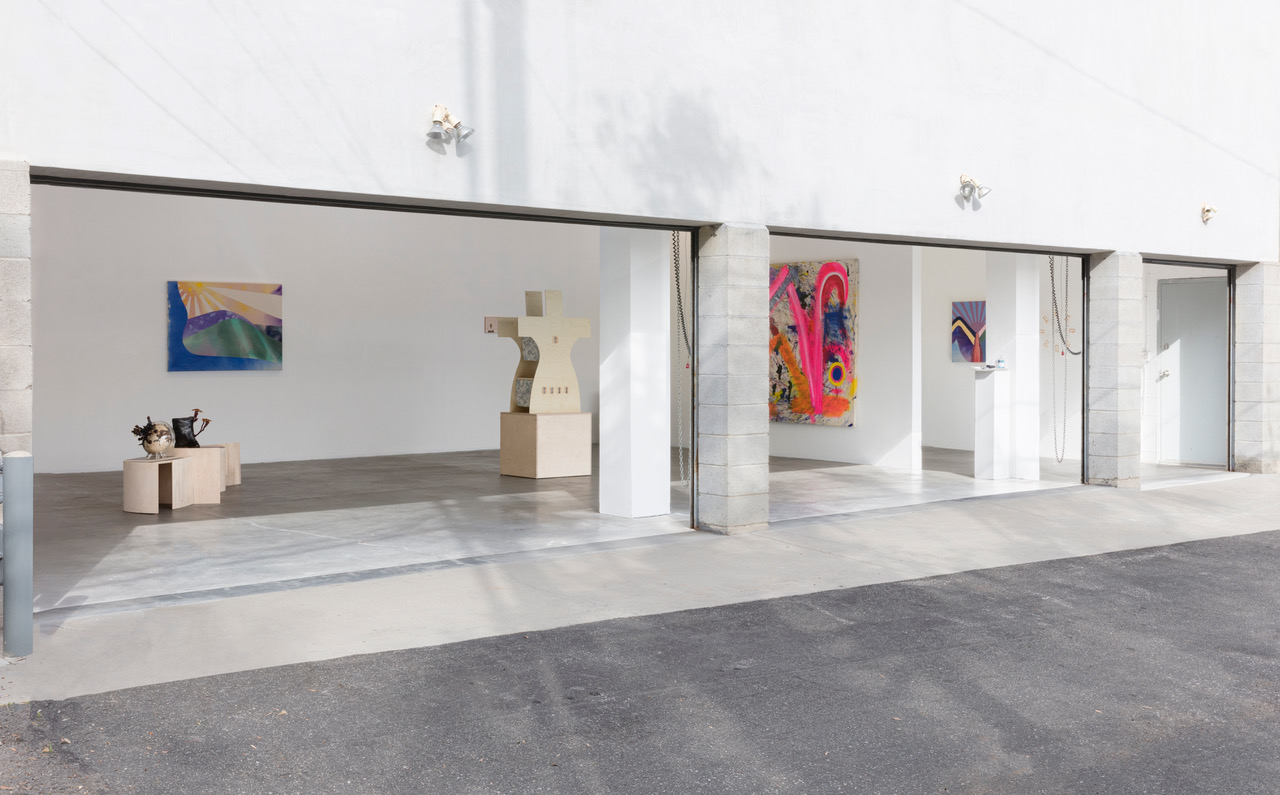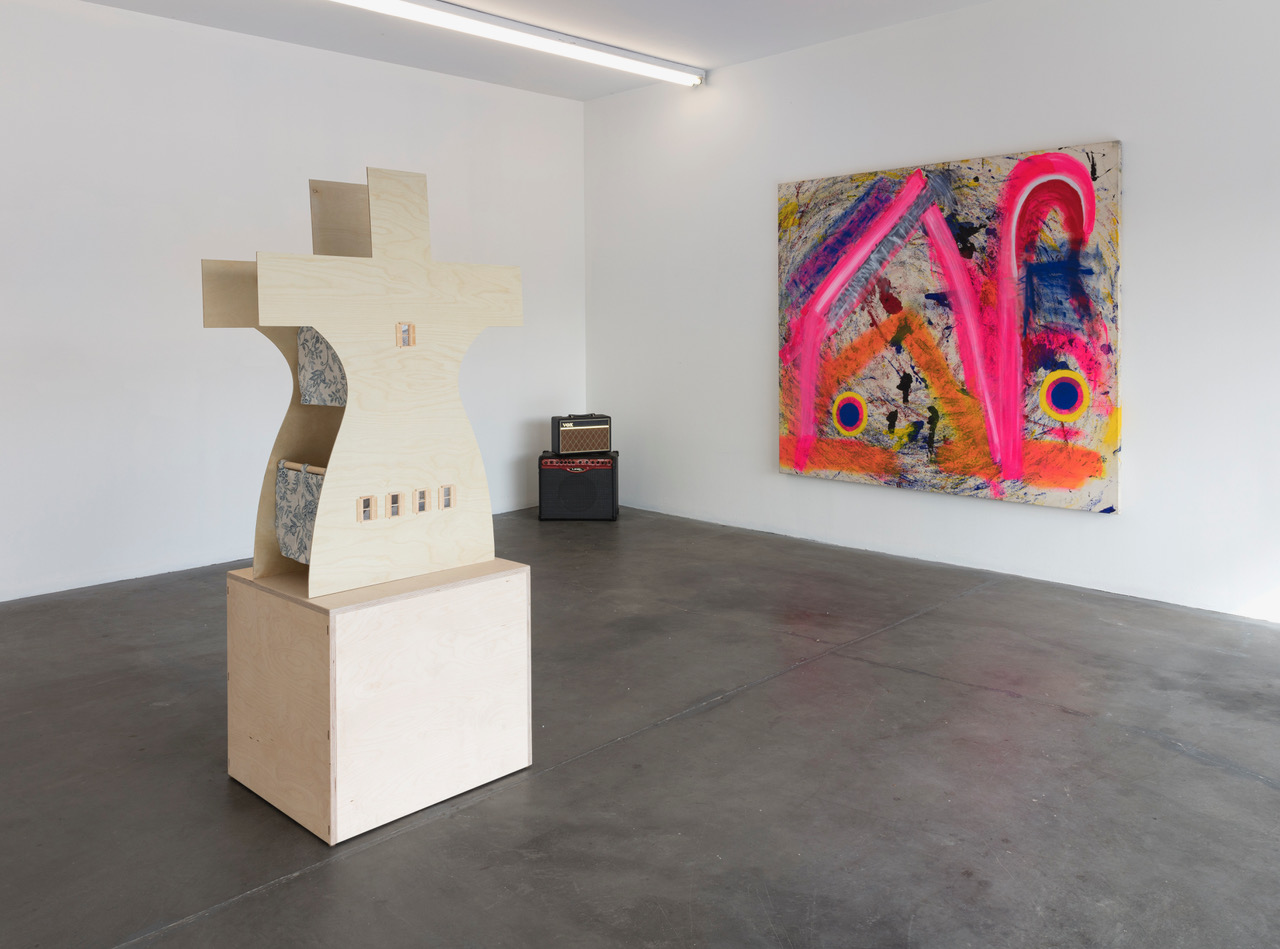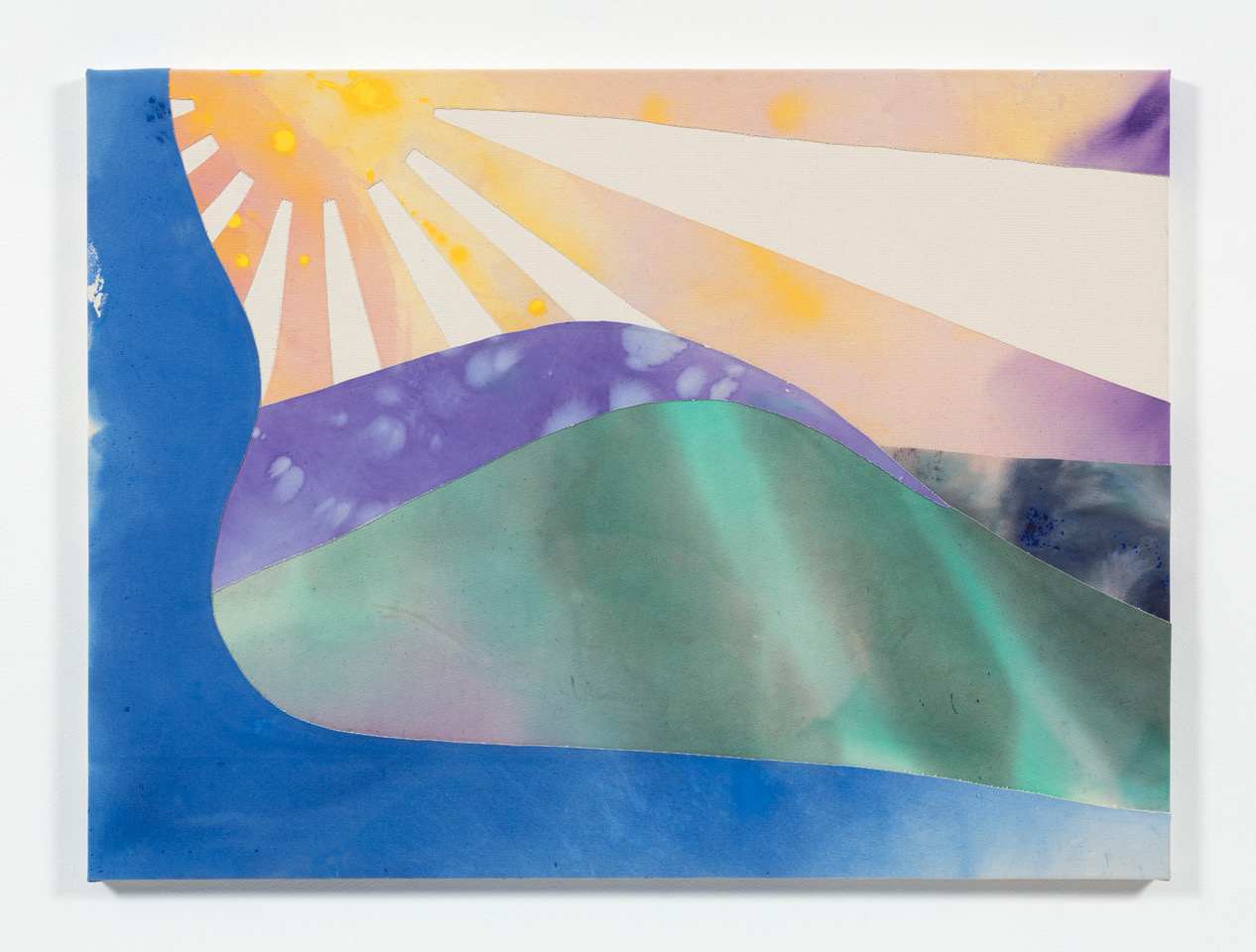GROUP SHOW
Until All is ResolvedLos Angeles | Dec 17 - January 21st
A group show curated by Nina Klein at Five Car Garage

as possible as yeast
as imminent as bread
a collection of safe habits
a collection of cares
less certain than i seem
more certain than i was
a changed changer
i continue to continue
what i have been
most of my lives is
where i’m going
-Lucille Cilfton (I Am Not Done Yet- 1987)
as imminent as bread
a collection of safe habits
a collection of cares
less certain than i seem
more certain than i was
a changed changer
i continue to continue
what i have been
most of my lives is
where i’m going
-Lucille Cilfton (I Am Not Done Yet- 1987)











Emma Gray HQ is pleased to present Until All is Resolved, a group exhibition curated by Nina Klein, featuring Roksana Pirouzmand, Ivana Dama, Nina Klein, David Roy, Sam Shoemaker, Valeria Tizol Vivas and Morex Arai.
Each of the artists investigates the boundaries between self, others and their environment. The show explores the nature of boundaries and the undefined space that exists within them and calls into question ideas of self agency in art and in life.
Ranging from the urgently political to the intimately personal, the works of the show examine a spectrum within boundaries ranging from porous to dense and respond through awareness, transgression and surrender. The artists each draw from their own experiences, enacting agency through their discoveries as they probe the walls before them.
Roksana Pirouzmand’s painting translates the mysterious way that the past permeates the present, disrupting notions of linear time. The work is a painting of a photo of Roksana’s sister in elementary school with beads of glaze bleeding through the surface of porous clay. With details rendered obscured, the girl comes to represent a generation of children in Iran. The vibrant colors of oozing glaze contrasted against clay earth tones simultaneously embodies both dreams of a hopeful future and grief. The glaze contains memories of a past that refuses erasure.
Erasure is palpable in Ivana Dama’s sculpture, where an egg timer, enclosed in a chamber, brings attention to the hard surfaced walls of law that enclose on womens’ agency. As the vacuum chamber removes the air particles from the transparent room that encases the timer, the audience is deprived of the sound of the ringing going off.
Agency continues as a central theme in Nina Klein’s sculpture, which is at once a body, a dollhouse, and a mechanical child’s toy. The sculpture expands the definition between one object and another, positioning the self as an intricate tapestry of disparate entangled threads. Signifiers of childhood, religion and the domestic space reveal the bounty of experiences that form selfhood.
The relationship between self and environment rises to a crescendo in Sam Shoemaker’s two Fungi sculptures titled, “Jupiter” and “This Time!”. Sam’s works mobilize collaboration between self, other, and environment to create choreographed records– scores without predetermined compositions. Living Fungi emerge from orifices in ceramic or glass vessels whose growth reflects their encounter with the forms that encapsulate them.
David Roy enters into categorical suspension with his sculptural performance and painting counterpart. The work documents David’s bike riding ritual through sound, paint and movement. One component of the work is a musical performance. In a cycling act, the artist pedals his bike on three rollers which are connected to a microphone wired to an amp. The painting component of the work is both an indexical site and a graphic score. The work began 10 years ago, when David allowed preschoolers on tricycles to tread paints onto the canvas. Additional layers of paint were added to the canvas by the artist over time, and a dense blue spot became a visual target to aid him in his roller cycling practice. A neon pink overlay of paint records the types of movement David makes on his bike when he navigates a road or mountain path. Proving categorization between mediums malleable, David’s art and daily life become interchangeable.
In Valeria Tizol Vivas’s piece, water, oil, air, and charcoal are confined in a capsule whose constant cyclical motion is activated by the viewer. The contents’ reactant energy, met by gravity, generates a sense of harmony as the reoriented materials settle again with the passage of time. Resisting the spinner’s control, each outcome is never the same.
A large-scale painting by Morex Arai features a flute player and a spirit figure. In the absence of narratives, motifs are employed, sometimes with obsessive repetition. The motifs in Morex’s work, such as the flute player, act as sites for investigation into how gestural paint strokes or color relationships can invoke nuanced feelings or associations.
Each of the artists investigates the boundaries between self, others and their environment. The show explores the nature of boundaries and the undefined space that exists within them and calls into question ideas of self agency in art and in life.
Ranging from the urgently political to the intimately personal, the works of the show examine a spectrum within boundaries ranging from porous to dense and respond through awareness, transgression and surrender. The artists each draw from their own experiences, enacting agency through their discoveries as they probe the walls before them.
Roksana Pirouzmand’s painting translates the mysterious way that the past permeates the present, disrupting notions of linear time. The work is a painting of a photo of Roksana’s sister in elementary school with beads of glaze bleeding through the surface of porous clay. With details rendered obscured, the girl comes to represent a generation of children in Iran. The vibrant colors of oozing glaze contrasted against clay earth tones simultaneously embodies both dreams of a hopeful future and grief. The glaze contains memories of a past that refuses erasure.
Erasure is palpable in Ivana Dama’s sculpture, where an egg timer, enclosed in a chamber, brings attention to the hard surfaced walls of law that enclose on womens’ agency. As the vacuum chamber removes the air particles from the transparent room that encases the timer, the audience is deprived of the sound of the ringing going off.
Agency continues as a central theme in Nina Klein’s sculpture, which is at once a body, a dollhouse, and a mechanical child’s toy. The sculpture expands the definition between one object and another, positioning the self as an intricate tapestry of disparate entangled threads. Signifiers of childhood, religion and the domestic space reveal the bounty of experiences that form selfhood.
The relationship between self and environment rises to a crescendo in Sam Shoemaker’s two Fungi sculptures titled, “Jupiter” and “This Time!”. Sam’s works mobilize collaboration between self, other, and environment to create choreographed records– scores without predetermined compositions. Living Fungi emerge from orifices in ceramic or glass vessels whose growth reflects their encounter with the forms that encapsulate them.
David Roy enters into categorical suspension with his sculptural performance and painting counterpart. The work documents David’s bike riding ritual through sound, paint and movement. One component of the work is a musical performance. In a cycling act, the artist pedals his bike on three rollers which are connected to a microphone wired to an amp. The painting component of the work is both an indexical site and a graphic score. The work began 10 years ago, when David allowed preschoolers on tricycles to tread paints onto the canvas. Additional layers of paint were added to the canvas by the artist over time, and a dense blue spot became a visual target to aid him in his roller cycling practice. A neon pink overlay of paint records the types of movement David makes on his bike when he navigates a road or mountain path. Proving categorization between mediums malleable, David’s art and daily life become interchangeable.
In Valeria Tizol Vivas’s piece, water, oil, air, and charcoal are confined in a capsule whose constant cyclical motion is activated by the viewer. The contents’ reactant energy, met by gravity, generates a sense of harmony as the reoriented materials settle again with the passage of time. Resisting the spinner’s control, each outcome is never the same.
A large-scale painting by Morex Arai features a flute player and a spirit figure. In the absence of narratives, motifs are employed, sometimes with obsessive repetition. The motifs in Morex’s work, such as the flute player, act as sites for investigation into how gestural paint strokes or color relationships can invoke nuanced feelings or associations.